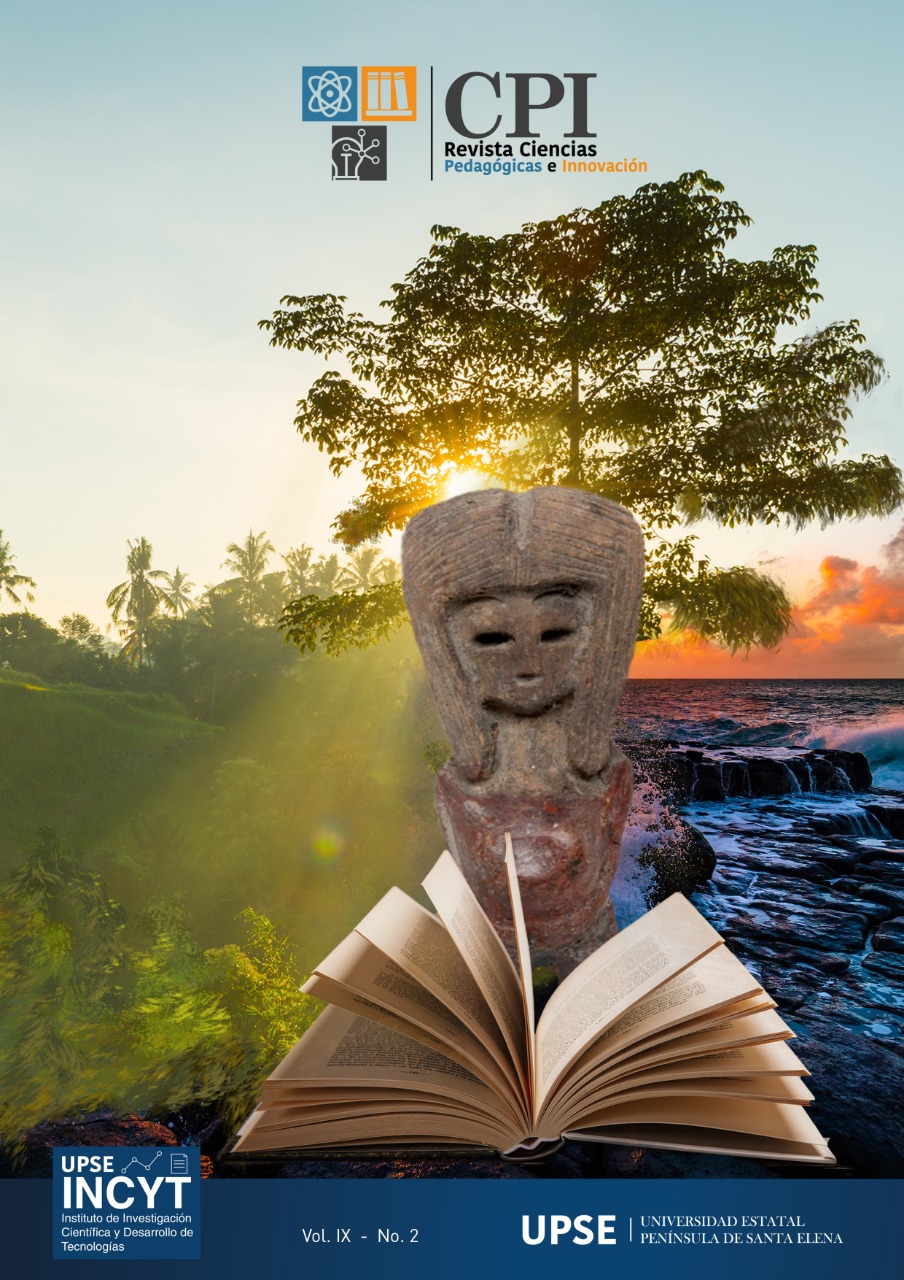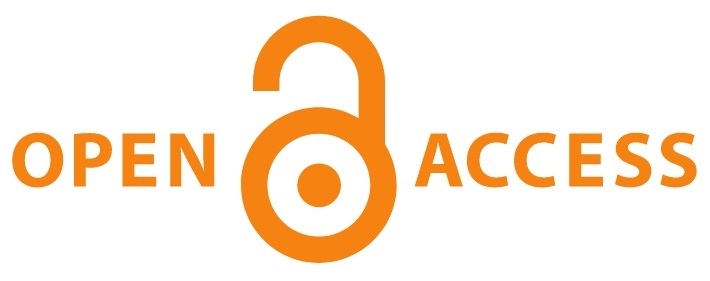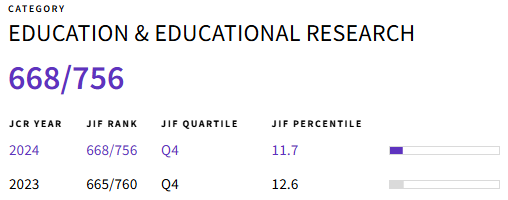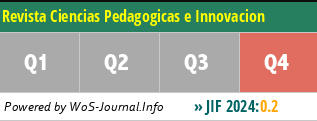Distribution Channels and the decision to expand them: An approach from the Industrial Organization
DOI:
https://doi.org/10.26423/rcpi.v9i2.428Keywords:
Distribution, dual channel, online channel, game theory, Nash equilibriumAbstract
Conventional distribution channels have been challenged by new technologies that change consumer habits The purpose of this article is to investigate the problem that exists between producers and distributors regarding the decision to open online distribution channels in addition to the existing traditional one. Previous research has approached the decision to open a new distribution channel only from the point of view of marketing operations research, while this study starts from the organizational point of view. Through a systematic literature review, taking into consideration the evolution of modern distribution concepts and practices, a theoretical framework based on game theory, especially collaborative games, was developed. Applying a simulated case, it was observed that Nash equilibrium and backward induction in dynamic games is the best approach to face the decision of opening a new online distribution channel. This research was based on the retail sector, and it is suggested to extend it to other sectors, such as services. The theoretical framework developed will help decision makers to have a broader and better structured approach to opening new online distribution channels.
Downloads
References
Chiou J, Wu L, Chou S. You do the service but they take the order, Journal of Business Research. 2012; 65(7): 883 - 889.
Dai L, Wang X, Liu X, Wei L. Pricing Strategies in Dual - Channel Supply Chain with a Fair Caring Retailer, Complexity. 2019: 1 – 23.
Kushwaha T, Shankar, V. Are multichannel Custo mers really more valuable? The moderating role of product category characteristics, Journal of Marketing. 2013; 77(4): 67 – 85.
Mangalindan M. Online retail sales are expected to rise to $172 billion this year, The Wall Street Journal. 2005; 24(5).
Yan, R.L., Pei, Z. Retail services and firm profit in a dual – channel market, Journal of Retailing and Consumer Services. 2009; 16(4):306 - 314.
Wang L, Song H, Wang Y. Pricing and service decisions of complementary products in a dual - channel supply chain, Computers & Industrial Engineering. 2016.
Kumar N, Ruan R. On Manufacturers Complementing the Traditional Retail Channel with a Direct Online Chann el, Quantitative Marketing and Economics. 2006; 4:289 - 323.
Porter M. The Contributions of Industrial Organization on Strategic Management, Academy of Management Review. 1981; 6 (4): 609 - 630.
Jeuland A, Shugan S. Managing Channel Profits, Marketing Science. 1983; 2 (summer):239 – 72.
Lee H, Padmanabhan V, Whang S. Information Distortion in a Supply Chain: The Bullwhip Effect, Management Science. 1997; 43:546 - 558.
Song W, Wang R, Fu Y, Pen X. Consumer Choice, Firm Performance and Chanel Coordination in a Dual - Channel Distribution System, American Journal of Operations Research. 2014; 4:217 - 227.
Bansal H, Taylor S. Investigating Interactive Effects in the Theory of Planned Behavior in a Service - Provider Switching Context, Psychology and Marketing. 2002; 19:407 - 425.
Laske – Aldershof T, Schut E, Beck K, Greb S, Shmueli A, Van de Voorde C. Consumer mobility in social health insurance markets: a five – country comparison, Applied Health Economics and Health Policy. 2004; 3(4):229 - 41.
Schlesinger M, Druss B, Thomas T. No exit? The effect of health status on dissatisfaction and disenrollment from health plans, Health Services Research. 1999; 34(2):547 – 76.
Von Neumann J, Morgenstern O. Theory of Games and Economic Behavior. Princeton University Press, Princeton, NJ; 1944.
Garmani H, Ait Omar D, El Amrani M, Baslam M., Jourhmane M. Analysis of a dynamics duopoly game with two content providers, Chaos, Solitons & Fractals. 2019; 109466.
Brandenburg M, Govindan K, Sarkis J, Seuring, S. Quantitative models for sustainable supply chain management: Developments and directions, European Journal of Operational Research. 2014; 233:299 – 312.
Owen, G. Game theory. (3rd Edition). Emerald Group Publishing Limited; 1995.
Allen L. Channel Conflict Crumbles. The Forrester Report. Forrester Research, Inc.; 2000.
Ingene C, Parry M. Mathematical Models of Distribution. Channels. Springer; 2004.
McGuire T, Staelin R. An Industry Equilibrium Analysis of Downstream Vertical Integration, Marketing Science. 1983; 2 (2):161 – 169.
Bucklin L. A Theor y of Channel Control, Journal of Marketing. 1973; 37(1):39 – 47.
Cai G, Zhang Z, Zhang, M. Game theoretical perspectives on dual - channel supply chain competition with price discounts and pricing schemes, International Journal of Production Economics. 2009; 1 17(1): 80 - 96.
Cattani K, Gilland W, Swaminathan J. Boiling Frogs: Pricing Strategies for a Manufacturer Adding a Direct Channel That Competes with the Traditional Channel, Production and Operations Management. 2006; 15:40 - 56.
Chiang W, Chhajed D, Hess J. Direct marketing, indirect profits: a strategic analysis of dual - channel supply - chain design, Management Science. 2003; 49:1 - 20.
Balasubramanian, S. Mail versus mall: a strategic analysis of competition between direct marketers and conventional retailers, Management Science. 1998; 17(3):181 - 195.
Arya A, Mittendorf B. The Bright Side of Supplier Encroachment, Marketing Science. 2007; 26: 651 - 659.
Alizadeh - Basban, N., & Taleizadeh, A. A. A Hybrid Circular Economy - Game Theoretical approach in a Dual - Channel Green Supply Chain Considering Sale’s Effort, Delivery Time, and Hybrid Remanufacturing, Journal of Cleaner Production. 2019; 119521.
Downloads
Published
Issue
Section
License
El titular de los derechos de autor de la obra, otorga derechos de uso a los lectores mediante la licencia Creative Commons Atribución-NoComercial-CompartirIgual 4.0 Internacional. Esto permite el acceso gratuito inmediato a la obra y permite a cualquier usuario leer, descargar, copiar, distribuir, imprimir, buscar o vincular a los textos completos de los artículos, rastrearlos para su indexación, pasarlos como datos al software o usarlos para cualquier otro propósito legal.
Cuando la obra es aprobada y aceptada para su publicación, los autores conservan los derechos de autor sin restricciones, cediendo únicamente los derechos de reproducción, distribución para su explotación en formato de papel, así como en cualquier otro soporte magnético, óptico y digital.

















